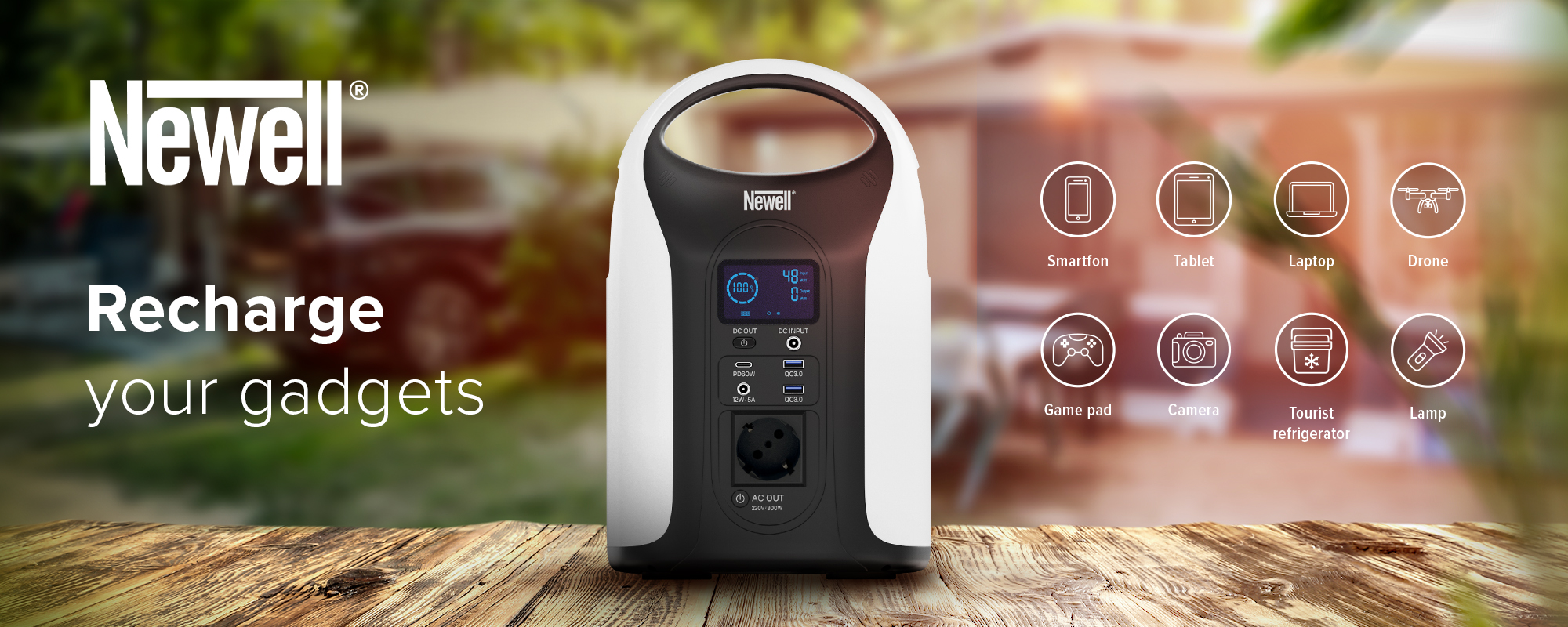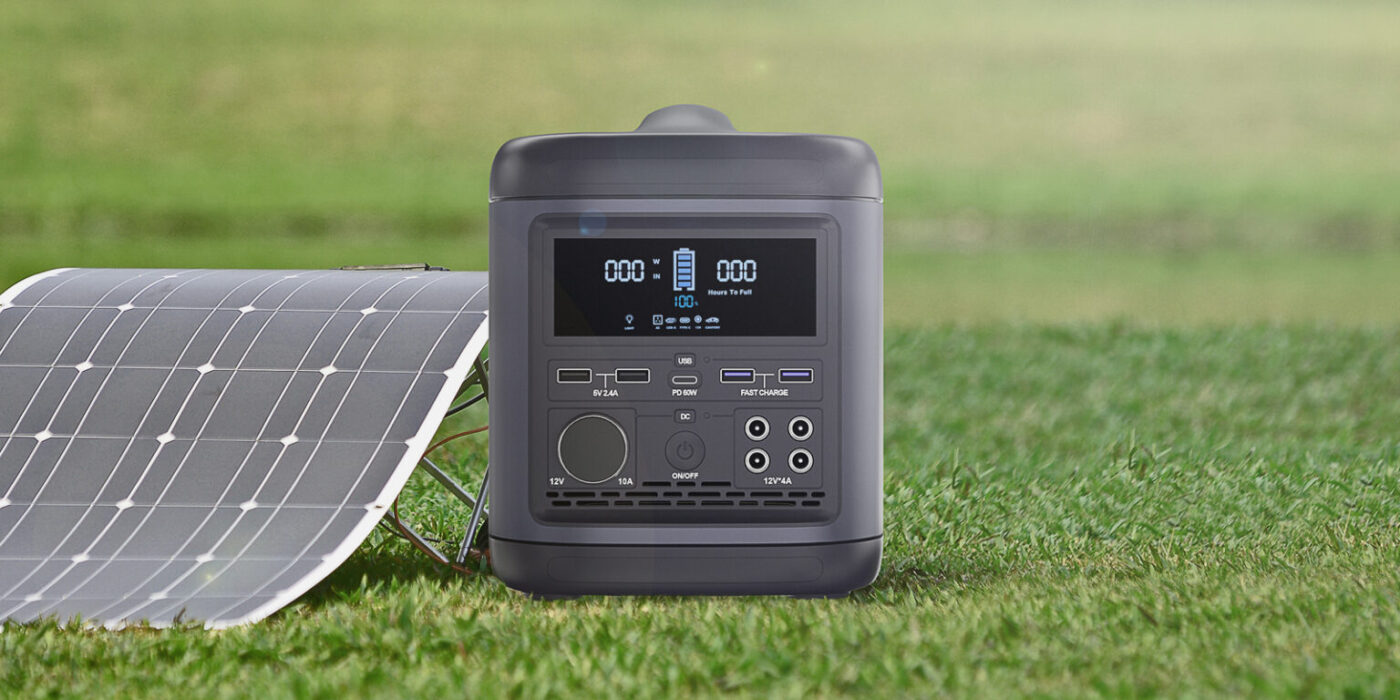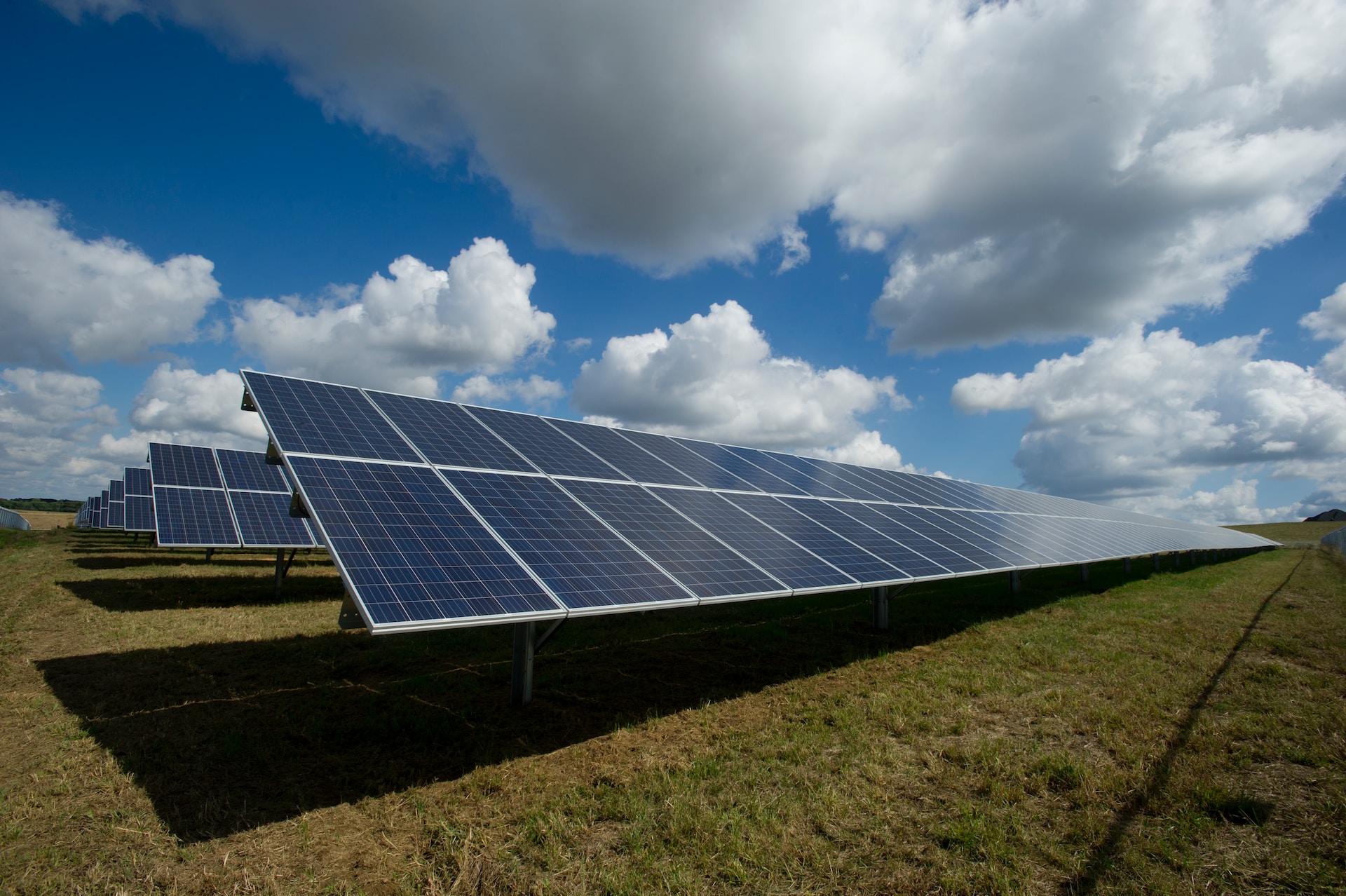In an era of growing environmental awareness and a drive to reduce the negative impact of our actions on climate change, we are increasingly thinking about choosing more sustainable energy sources. So it’s worth looking at the options available on the market to get a full picture of the alternatives available. Today we will take the key sources of renewable energy on the wall: solar, hydro, wind and biogas.
We’ve decided to put together a brief guide to the various sources of renewable energy. Admittedly, not all of them will work in every location, but it’s worth knowing what to choose from. Each of these sources has its own advantages and disadvantages. Differences in availability also play a key role. By reading this guide, you will gain a better understanding of which renewable energy source will work best for your home and our country in general.

Solar energy – solar panels
Solar energy is one of the most popular and promising sources of renewable energy in Poland. It works by converting sunlight into electricity using photovoltaic panels. The main component of these panels is silicon cells, which, in a nutshell, generate electricity. The process is clean – it does not emit any harmful greenhouse gases or other pollutants.
Advantages of using photovoltaics
- Low operating costs – Once photovoltaic panels are installed, operating costs are relatively low. Maintenance of the installation mainly consists of keeping the panels clean and regularly checking their performance.
- No CO2 emissions – Solar energy is one of the most environmentally friendly sources of energy. When generating energy with photovoltaic panels, no carbon dioxide is emitted. Also, the production of the modules themselves is essentially CO2-free.
- High availability – The sun is available all days of the year. Of course, we have longer and shorter days, depending on the time, but panels set in an unshaded location can work regularly.
Disadvantages of using solar energy
- Dependence on weather conditions – Although solar energy is available most of the time, its output depends on weather conditions. Prolonged cloud cover can significantly reduce energy production.
- High initial costs – Installing photovoltaic panels involves initial costs that are not inconsiderable. However, there are various programs and subsidies that can help cover these costs.
In Poland, solar energy is not yet as widely used as in some Western countries. It is only 1% of national production. Nevertheless, the growing number of photovoltaic installations and the developing market show that this form of power generation is gaining in popularity.
Solar energy storage – Newell power stations
It is worth mentioning that solar energy can not only be converted into electricity in real time, but can also be stored. While this can be costly for large-scale photovoltaics powering a home or business, for consumer electronics, we don’t have to spend a fortune. A great example of an energy bank that can be “replenished” with solar panels are power stations from Newell. Here are a few models worth highlighting.
Power Station Newell Asvala Mini 220 V 24000 mAh PD 18 W
Newell Asvala Mini is a portable Power Station with a capacity of 24000 mAh, which combines the functions of a power bank and a power source for various devices. It is ideal for travelers, campers and RV enthusiasts, allotmentists, drone operators or independent photo-video creators, among others. The device can charge and power, among others, smartphones, laptops, fans, TVs and hundreds of other devices. Equipped with numerous USB ports (including USB-C), an AC outlet and an induction panel, the Newell Asvala Mini will provide you with convenient access to power in almost any situation. You’ll not only charge the station from an electrical outlet or car cigarette lighter. The DC port, which allows you to charge the station with the included power adapter, is compatible with popular solar panels on the market. Thus, by taking the Newell Asvala Mini Power Station on the go, you can become completely independent of traditional electrical outlets!

Power Station Newell Argus
The Argus series includes 4 power stations offering different capacities of built-in batteries. The most capacious ones (Argus 2200 and Argus 1200 models) can be charged using solar panels. The units come with DC cables with compatible MC4 connectors. The manufacturer recommends using solar panels with a DC voltage of 18 V – 48 V. The charging time of the station in full sunlight can be respectively:
- 3 – 4 h – when using 4 solar panels of 200 W each;
- 6 – 7 h – using 2 solar panels of 200 W each.
Power Station Newell Pearl AC 283 Wh PD 60 W
Newell Pearl is a modern power station offering 283 Wh (14.76 V) of capacity. It features a traditional AC power outlet, a USB-C port with PD, 2 traditional USB ports with QC 3.0 and a DC voltage outlet. Support for Power Delivery and Quick Charge technology ensures fast charging of devices. With a small LED panel, the station can also be used as a portable light source. The manufacturer has not forgotten about protection against overheating, overloading and overcharging. The Newell Pearl D300 is an ideal choice for people who travel frequently, enjoy relaxing in nature or are looking for an additional power source for their RV.

Power Station Newell Asvala 220 V 46400 mAh PD 45 W
Even a power station like the Newell Asvala can be connected to solar panels! It’s a portable power bank, allowing you to charge as well as power other devices. The station offers two classic USB type A ports, a USB-C port and an AC outlet (220 – 240 V) compatible with different types of electrical plugs. The versatility of applications combined with an impressive capacity of 46400 mAh will allow you to forget about traditional power sources for a long time. The station is equipped with an LED indicator showing the level of charge. A power adapter is also included, allowing you to quickly replenish the power of the device. There are also modern technologies to protect against overheating, overloading and overcharging.

Wind energy
More and more roofs of the houses around us are “decorated” with photovoltaic panels. One would think, then, that solar energy is the most popular source of clean electricity in Poland. And here’s a surprise. When it comes to RES, wind power plants are in 1st place. That’s 10% of our country’s total energy production (according to 2020 data).
Wind energy: how does it work?
Wind energy uses the kinetic energy of air movement to generate electricity. The main component of windmills are blades that rotate due to the wind. The rotation drives a generator that converts the rotational motion into electricity. This is a clean and environmentally friendly process, as it does not require the burning of fossil fuels or the emission of greenhouse gases.

Advantages of wind energy
- High energy efficiency – Wind is available most of the time and, in the right locations, can generate a large amount of electricity throughout the year.
- Low operating costs – Once windmills are installed, maintenance costs are relatively low compared to traditional power plants.
- Zero CO2 emissions – Wind energy production does not emit carbon dioxide or other atmospheric pollutants, which has a positive impact on the environment.
Disadvantages of wind energy
- Location-dependent – The efficiency of wind energy is strongly dependent on location. The wind must occur at the right speed and must not be too unstable.
- Landscape aesthetics – Windmills, especially those of larger size, can affect the landscape and be the subject of public disputes.
- Problems with disposal of used windmills – Recently, it has been increasingly reported that windmill materials are often not recyclable. The challenge for the coming years is to use recyclable components.

Hydropower
Hydropower involves harnessing the potential of water movement, (including rivers, streams, lakes and seas) to generate electricity. There are two main methods of using hydropower: hydroelectric power plants and coastal power plants. Hydroelectric power plants use the flow of water in rivers or streams to turn a turbine that drives an electric generator. Coastal power plants use the energy of waves and ocean currents to generate power.
Advantages of hydropower
- High energy efficiency – Hydropower can generate a large amount of energy, especially in areas with strong water flows.
- Low operating costs – Once the infrastructure is installed, maintenance costs are relatively low compared to some other energy sources.
- Zero CO2 emissions – Hydropower production does not emit carbon dioxide or other atmospheric pollutants.
Disadvantages of hydropower
- Impact on aquatic ecosystems – The construction of dams and hydropower plants can affect local aquatic ecosystems and pose a threat to some species of fish and other aquatic organisms.
- Dependence on hydrological conditions – The effectiveness of hydropower depends on the abundance of precipitation and water flow in a particular region.
Biomass and biogas energy
Biomass energy uses organic materials such as wood, agricultural waste and food scraps to produce heat and electricity. Animal and plant substances undergo a biodegradation process. Fermentation produces biogas, which can serve as biofuel. Interestingly, this environmentally friendly way of obtaining energy accounted for 5% of the share of total energy production in 2020.
Advantages of obtaining energy from biomass (biogas)
- Sustainable source – Biomass is organic material that can be harvested over and over again without the need to start special production of the raw material, making it a sustainable source of energy.
- Waste reduction – Using organic waste to produce energy reduces the amount of garbage.
- Versatility – Biomass energy can be adapted to different types of raw materials and scale of production.
Disadvantages of biomass and biogas power generation
- Access to feedstock – Creating biogas requires a regular supply of biomass, which can be a challenge in some regions.
- CO2 emissions – Burning biomass can generate carbon dioxide emissions, although these are much lower than for fossil fuels.
A step toward a sustainable future
By acting now, we can contribute to a greener world. Choosing the right renewable energy source for your home can be the first step in that direction. Even small decisions make a difference!
If you are considering solar energy, keep our power stations in mind. You can connect them to solar panels and store energy, which will come in handy for people who travel frequently, camp overnight, sail or fish, among others. They are also a proven source of electricity in emergency situations (such as power outages caused by natural disasters or harsh weather conditions). Such small energy banks are perfect for the home, garage, workshop or recreational plot. Want to learn more about Newell power stations? Write to us on Instagram or Facebook!










